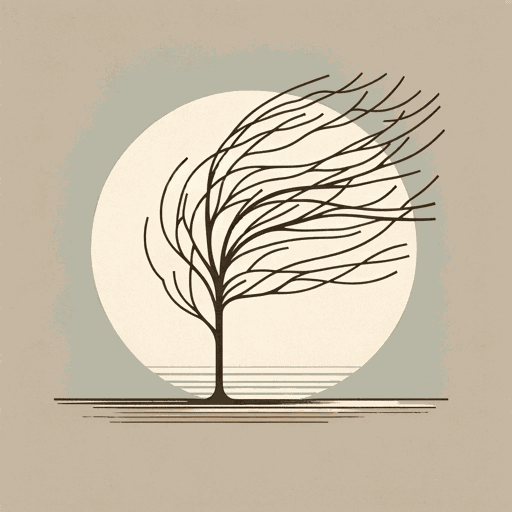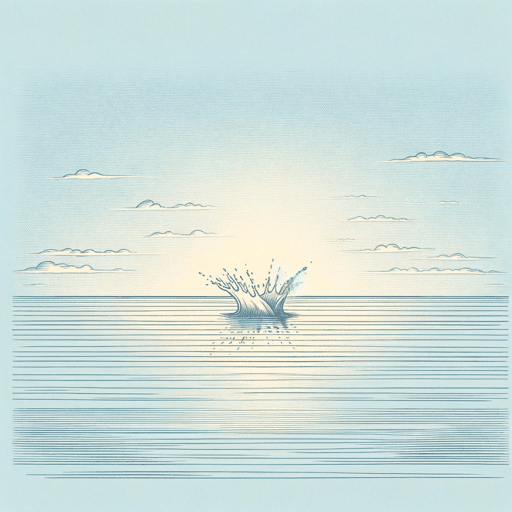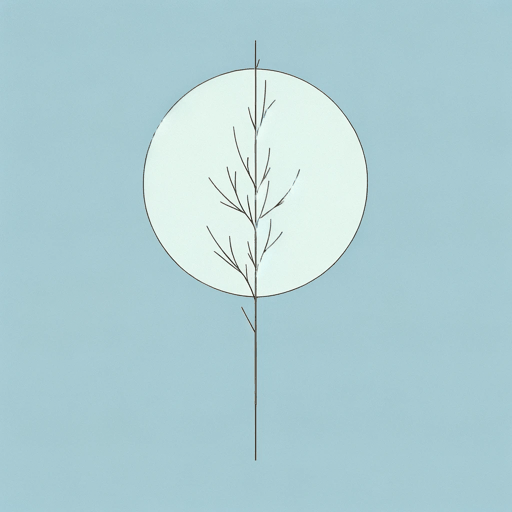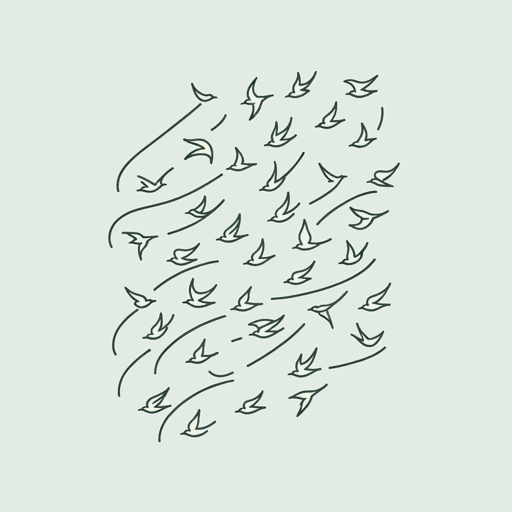19 pages • 38 minutes read
William Carlos WilliamsTo Waken An Old Lady
Fiction | Poem | Adult | Published in 1917A modern alternative to SparkNotes and CliffsNotes, SuperSummary offers high-quality Study Guides with detailed chapter summaries and analysis of major themes, characters, and more.
Symbols & Motifs
Flock of Birds
The dominant symbol in “To Waken an Old Lady” is self-evidently the flock of birds—or “flight of small / cheeping birds” (Lines 2-3). The birds are the metaphoric stand in for old age, but as a symbol the flock contains more nuanced shades of meaning. As a feature of a landscape, small “piping” (Line 18) birds are generally associated with spring, rather than winter, scenes. Small birds are commonly associated with birth and renewal, and their “cheeping” (Line 3) birdsong is a common feature of spring scenes used to communicate new life. In this way, Williams plays against expectations with his use of the birds as a symbol of “Old age” (Line 1).
However, birdsong is also connotatively inseparable from awakening to the dawn of a new day. This idea creates a connection between the “Waken[ing]” of the title and the seemingly unrelated “Old age” of the metaphor (Line 1). With these twofold connotative forces, Williams both subverts expectations and reaches across the metaphoric aisle to maintain common sense associations. Because he defines old age in terms of small birds, Williams infuses the concept with life, vitality, and vulnerability, all concepts generally absent from general conceptions of aging.
Related Titles
By William Carlos Williams

Approach of Winter
William Carlos Williams

Between Walls
William Carlos Williams

In the American Grain
William Carlos Williams

Landscape with the Fall of Icarus
William Carlos Williams

Paterson
William Carlos Williams

Spring and All
William Carlos Williams

Spring Storm
William Carlos Williams

The Red Wheelbarrow
William Carlos Williams

The Young Housewife
William Carlos Williams

This Is Just to Say
William Carlos Williams

To Elsie
William Carlos Williams

